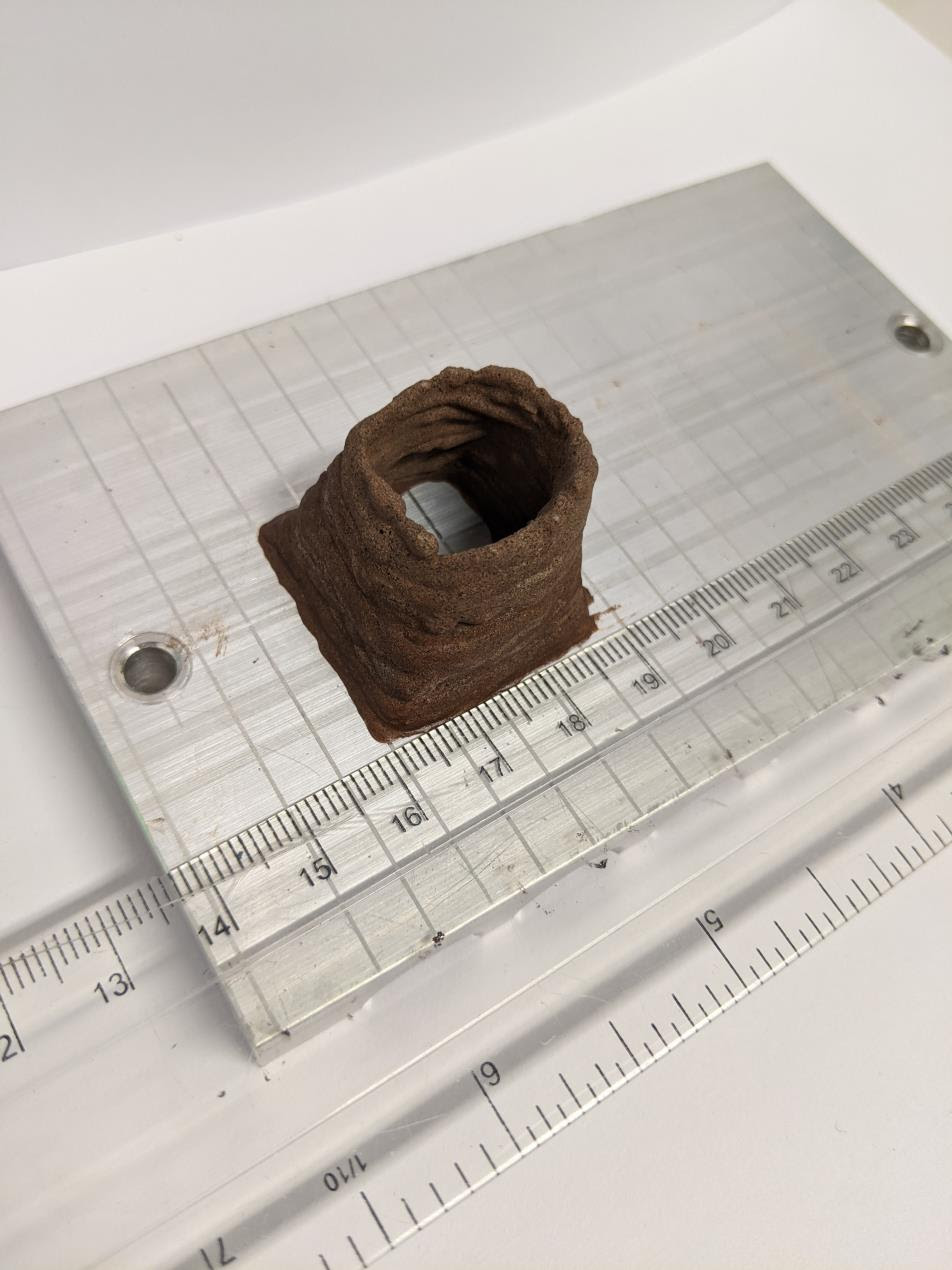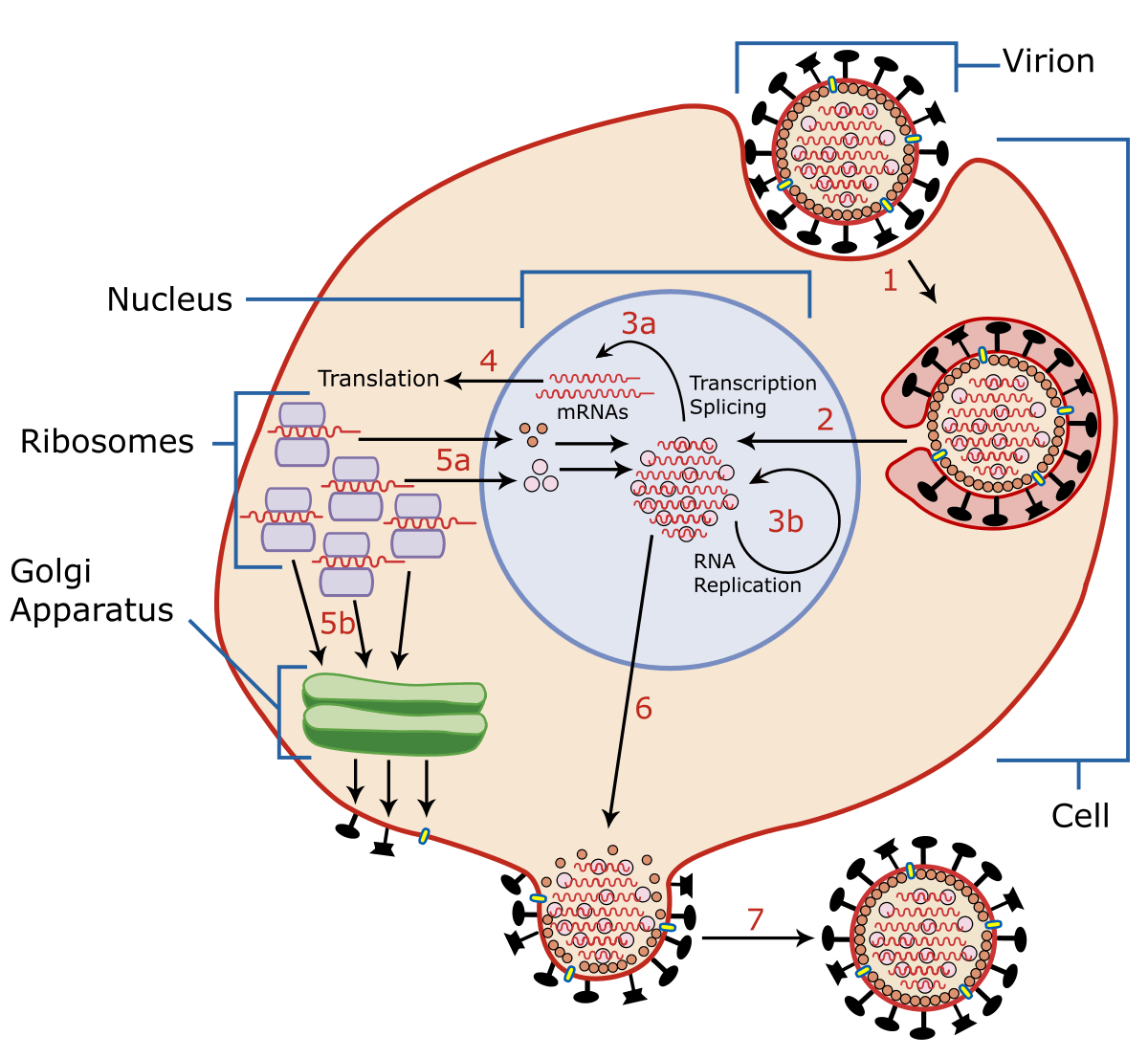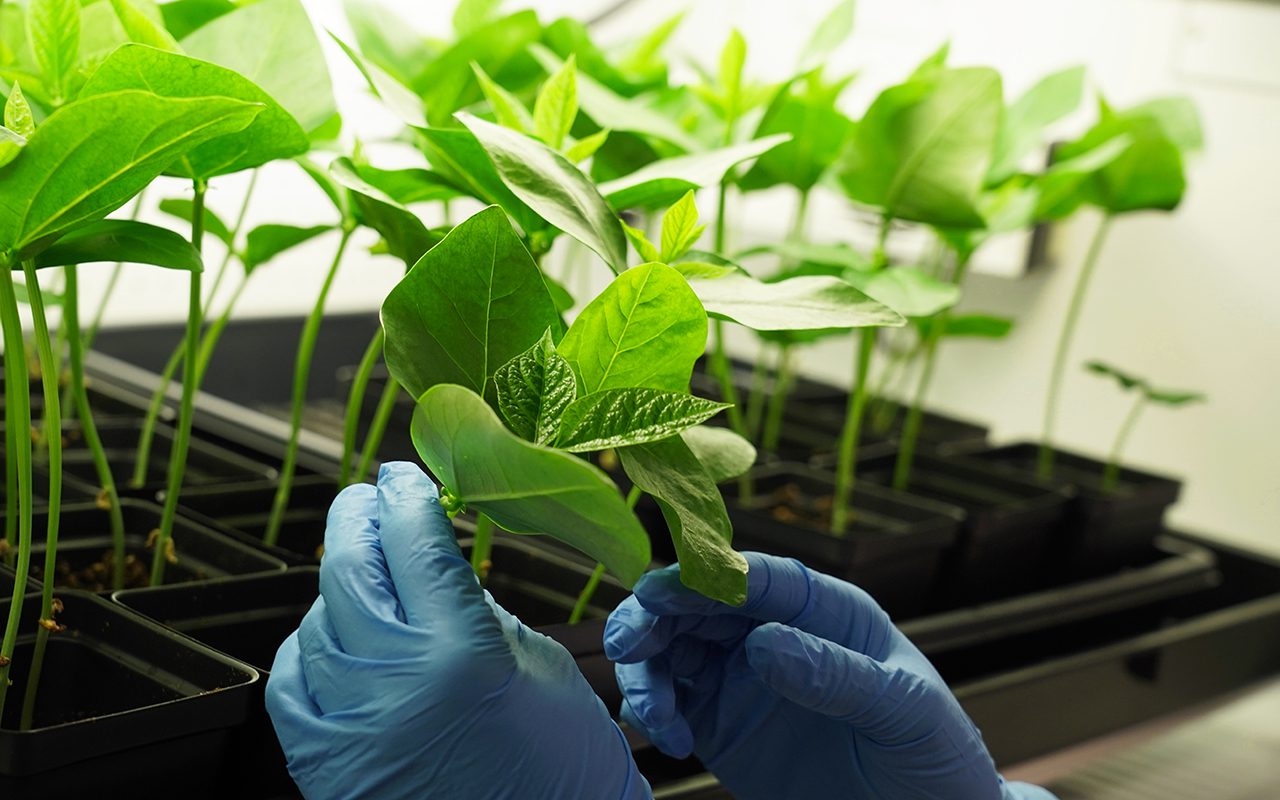
via University of Manchester
Transporting a single brick to Mars can cost more than a million British pounds – making the future construction of a Martian colony seem prohibitively expensive. Scientists at The University of Manchester have now developed a way to potentially overcome this problem, by creating a concrete-like material made of extra-terrestrial dust along with the blood, sweat and tears of astronauts.
In their study, published today in Materials Today Bio, a protein from human blood, combined with a compound from urine, sweat or tears, could glue together simulated moon or Mars soil to produce a material stronger than ordinary concrete, perfectly suited for construction work in extra-terrestrial environments.
The cost of transporting a single brick to Mars has been estimated at about US$2 million, meaning future Martian colonists cannot bring their building materials with them, but will have to utilise resources they can obtain on-site for construction and shelter. This is known as in-situ resource utilisation (or ISRU) and typically focusses on the use of loose rock and Martian soil (known as regolith) and sparse water deposits. However, there is one overlooked resource that will, by definition, also be available on any crewed mission to the Red Planet: the crew themselves.
In an article published today in the journal Materials Today Bio, scientists demonstrated that a common protein from blood plasma – human serum albumin – could act as a binder for simulated moon or Mars dust to produce a concrete-like material. The resulting novel material, termed AstroCrete, had compressive strengths as high as 25 MPa (Megapascals), about the same as the 20–32 MPa seen in ordinary concrete.
However, the scientists found that incorporating urea – which is a biological waste product that the body produces and excretes through urine, sweat and tears – could further increase the compressive strength by over 300%, with the best performing material having a compressive strength of almost 40 MPa, substantially stronger than ordinary concrete.
Scientists have been trying to develop viable technologies to produce concrete-like materials on the surface of Mars, but we never stopped to think that the answer might be inside us all along
Dr Aled Roberts
Dr Aled Roberts, from The University of Manchester, who worked on the project, said that the new technique holds considerable advantages over many other proposed construction techniques on the moon and Mars.
“Scientists have been trying to develop viable technologies to produce concrete-like materials on the surface of Mars, but we never stopped to think that the answer might be inside us all along”, he said.
The scientists calculate that over 500 kg of high-strength AstroCrete could be produced over the course of a two-year mission on the surface of Mars by a crew of six astronauts. If used as a mortar for sandbags or heat-fused regolith bricks, each crew member could produce enough AstroCrete to expand the habitat to support an additional crew member, doubling the housing available with each successive mission.
Animal blood was historically used as a binder for mortar. “It is exciting that a major challenge of the space age may have found its solution based on inspirations from medieval technology”, said Dr Roberts.
The scientists investigated the underlying bonding mechanism and found that the blood proteins denature, or “curdle”, to form an extended structure with interactions known as “beta sheets” that tightly holds the material together.
“The concept is literally blood-curdling,” Dr Roberts explained.
Original Article:Affordable housing in outer space: Scientists develop cosmic concrete from space dust and astronaut blood
More from: University of Manchester
The Latest Updates from Bing News & Google News
Go deeper with Bing News on:
Cosmic concrete
- The Different Types of Witchcrafton April 30, 2024 at 3:07 am
T his post centers on the craft itself. It is a brief taste of the systems, theologies, and structured practices that make up different branches of witchcraft. We’re looking less at the individual ...
- The Alchemist: Reporter sent to space with new cosmic menuon April 27, 2024 at 5:29 am
I arrived at The Alchemist at the Westgate shopping centre with my partner Jordyn to try out their brand new Cosmic Supper Club menu. Encompassing a variety of smaller dishes along with drinks ...
- Hubble Space Telescope marks 34 years with new portrait of a ‘cosmic dumbbell’on April 25, 2024 at 10:46 am
(CNN) — The Hubble Space Telescope has captured a stunning new image of the glowing gas ejected from a dying star, which in this case happens to resemble a “cosmic dumbbell.” The portrait ...
- Cosmic rentalson April 23, 2024 at 5:00 pm
He enjoys the company of cats, fresh fruit and books with maps in the front. Hey guys! Welcome to Cosmic Rentals. Endless Entertainment for the Endless. First time here? Awesome. We’ll get you ...
- Earth got hammered by cosmic rays 41,000 years ago due to a weak magnetic fieldon April 23, 2024 at 5:00 pm
Earth is under constant bombardment by high-energy charged particles called cosmic rays. We're normally shielded from this barrage by Earth's magnetic bubble, the magnetosphere. But what happens ...
Go deeper with Google Headlines on:
Cosmic concrete
[google_news title=”” keyword=”cosmic concrete” num_posts=”5″ blurb_length=”0″ show_thumb=”left”]
Go deeper with Bing News on:
In-situ resource utilisation
- Lunar railway from Darpa and Northrop Grumman could carry people and mined resources around the Moonon April 30, 2024 at 9:35 am
For some, the Moon was no longer a distant and inert satellite, but the first outpost in humanity’s migration off Earth, a vital first step towards an interplanetary civilisation. For three years, ...
- 3 notable wind turbine innovations to eke out every Watton April 27, 2024 at 9:05 pm
Wind turbines are a towering solution in the global transition toward renewable energy. Today's turbines have undergone significant evolution since the time when windmills generated mechanical power ...
- The Mars Express Orbiter Just Captured This Eerie Phenomenon on the Red Planeton April 26, 2024 at 5:10 am
“Mars Express has revealed a great deal about Mars in the last two decades and counting,” the ESA stated in a press release. “The orbiter continues to image Mars’s surface, map its minerals, explore ...
- Nicaragua signs up to China’s ILRS moon programon April 26, 2024 at 1:33 am
Nicaragua signs up to China’s ILRS moon program Nicaragua has joined the ILRS moon base program as China continues its push to attract partners for the project.
- China to launch 3 lunar probe missions within next 4 yrs; ILRS to complete basic form before 2035: chief designer of lunar exploration projectson April 24, 2024 at 8:02 pm
China will carry out three Chang'e lunar probe missions within next four years and the basic form of the International Lunar Research Station (ILRS,) the international moon base project currently led ...
Go deeper with Google Headlines on:
In-situ resource utilisation
[google_news title=”” keyword=”in-situ resource utilisation” num_posts=”5″ blurb_length=”0″ show_thumb=”left”]










